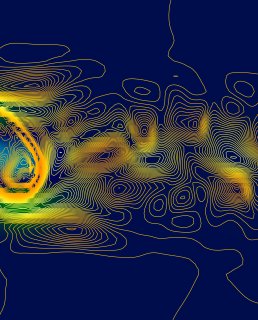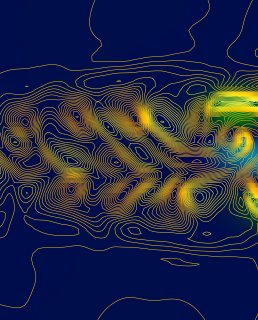
Editors’ Choice and People’s Choice 2022
Creating stimuli-responsive “smart” materials that change color or shape due to environmental stimuli, like temperature or pressure, could be useful for a range of applications, from medical devices to information storage. Because the underlying molecular movements behind these changes are not well studied, chemistry graduate student Qifan Xiao examines the microscopic changes in these materials to understand the molecular actions that lead to the shape or color change.
Shown here is an optical image of dialkoxynaphthalene crystals taken at the Texas Materials Institute. The swirls come from molecular interactions and arrangements within each crystal. By monitoring the transformation of the swirls before and after heating, researchers can develop a molecular understanding of the entire shape-changing process.
Credit:
Qifan Xiao
Chemistry Graduate Student




